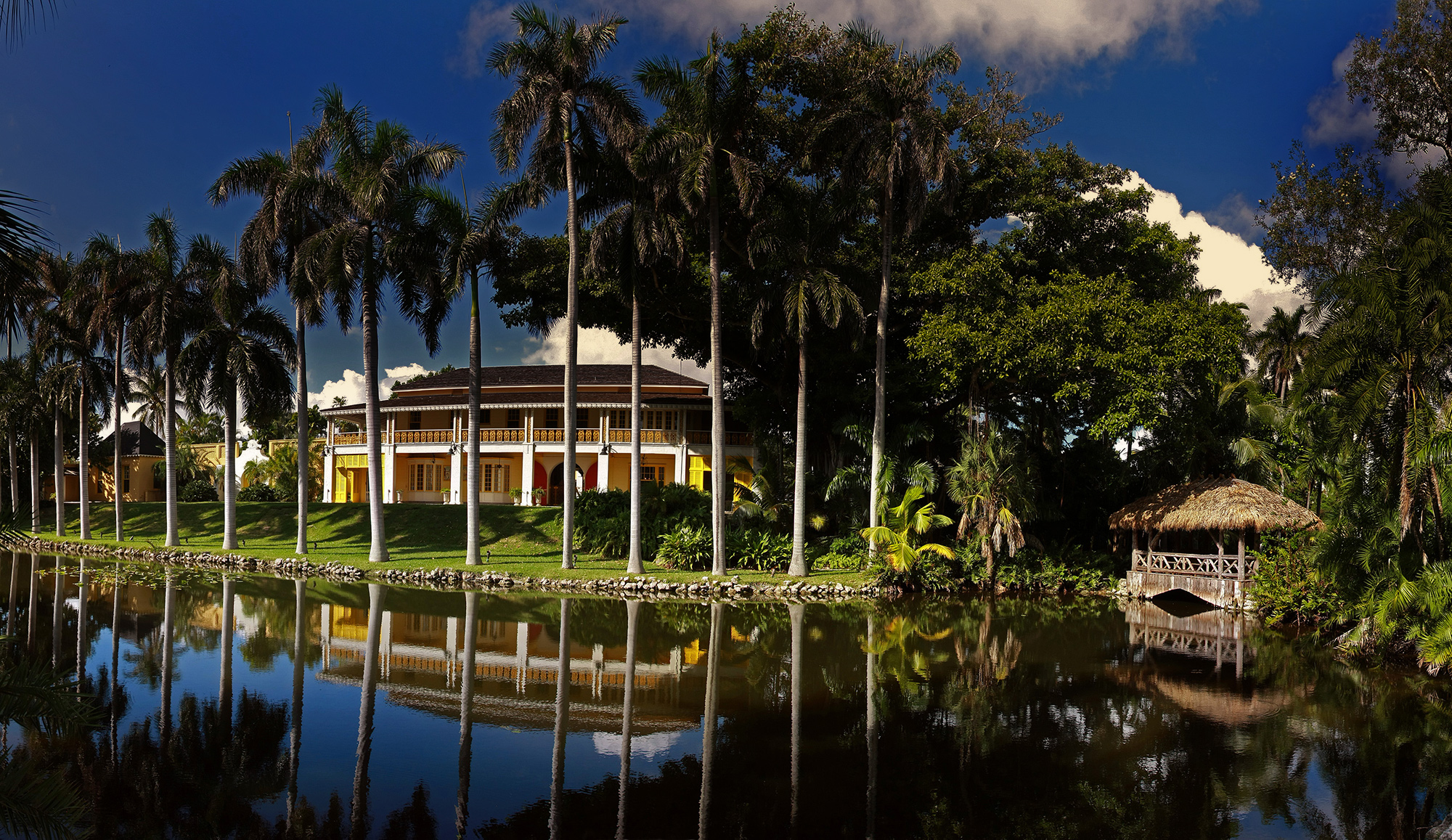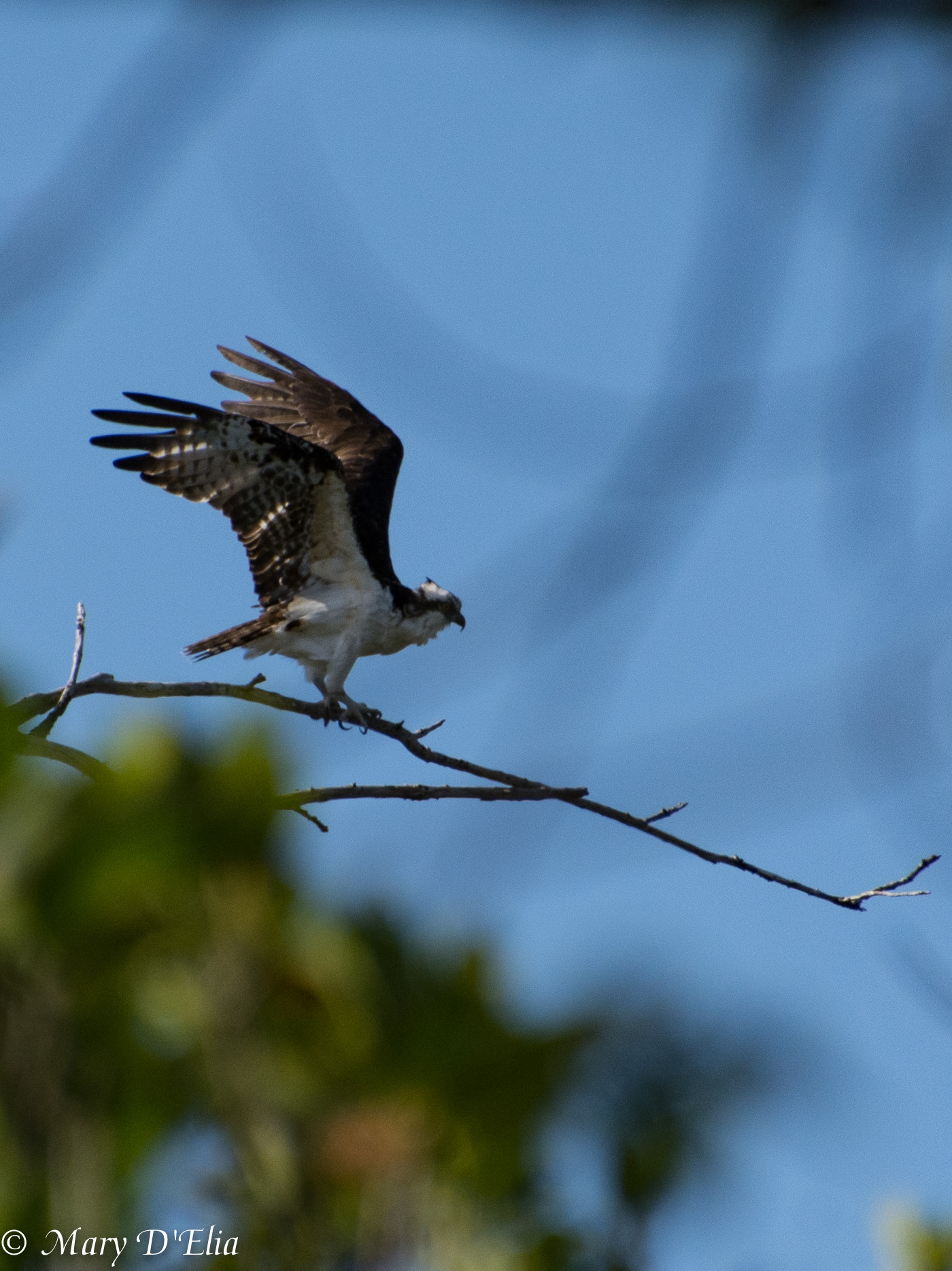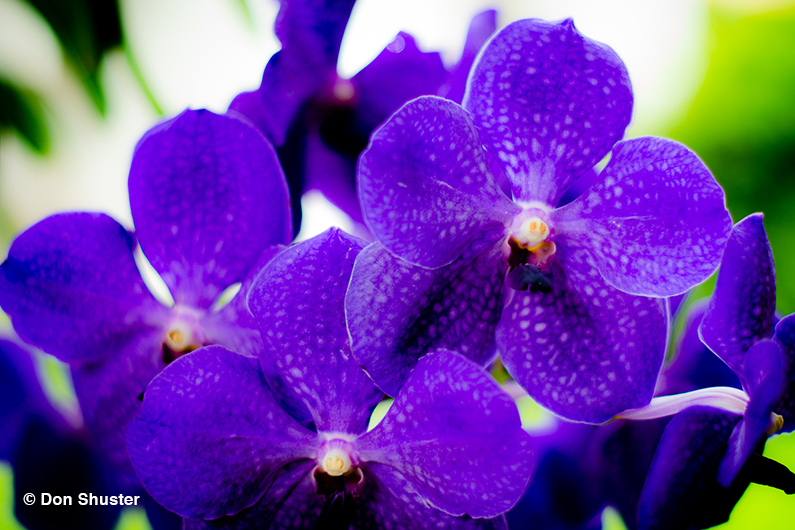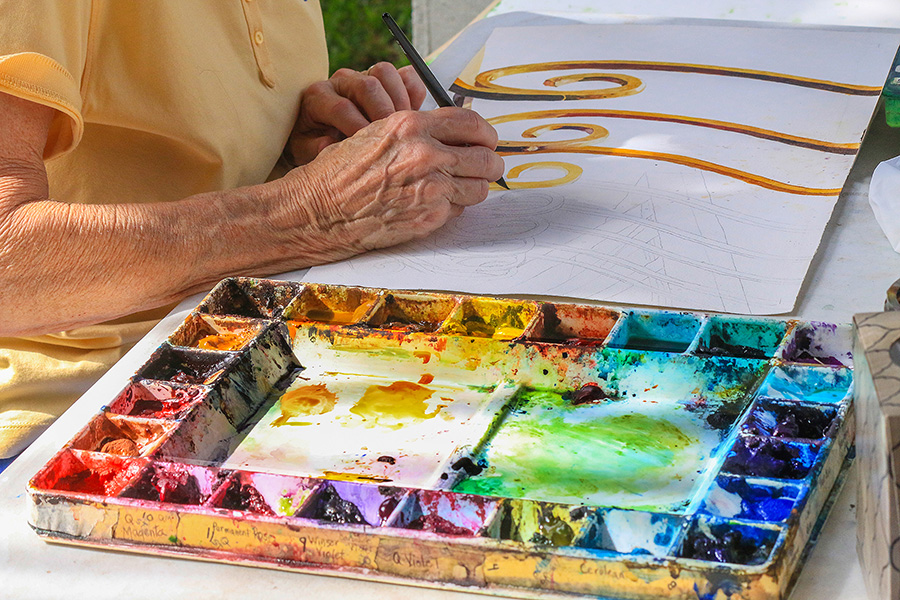For decades, the Bonnet House estate has been well-known for its historical significance to the South Florida community. But part of what makes Bonnet House so special is the natural environment in which it was built. The Bonnet House grounds encompass one of the last examples in South Florida of a native barrier island habitat. Five distinct ecosystems can be found on the property including the Atlantic Ocean beach and primary dune, a freshwater slough, the secondary dune which includes the house site, mangrove wetlands, and a maritime forest. Because of our unique location and expansive grounds, Bonnet House is home to a variety of rare trees that you won’t easily find in the rest of the United States.
The Jabuticaba Tree, for example, is native to Brazil, Argentina, Paraguay, Peru, and Bolivia. Jabuticaba Trees are able to flourish here at Bonnet House because of their adaptability. These trees prefer moist, rich, slightly acidic soil, but they can also grow satisfactorily on alkaline beach-sand type soils as long as they are tended and irrigated. These trees flower frequently and produce a tasty thick-skinned berry year-round. Rangpur Lime Trees can also be found on our estate. These trees originated in India, but were brought to Florida in the late 19th century, and can now be grown throughout the world. They also bear an edible fruit that looks and tastes like a hybrid between a mandarin orange and citron. Avocado and Mango trees are also common throughout the Bonnet House estate.
Avocado trees are native to South Central Mexico but thrive in South Florida because of the humid, warm environment, and well-aerated soil. Mango trees on the other hand, are native to India but they also require a warm, humid climate in order to survive. For this reason, in the United States, these trees are only able to grow in Southern Florida and California.
The Bonnet House gardens also include Sapodilla trees. These are a rare find in North America, as they are only native to southern Mexico, Central America and the Caribbean. They can only survive in warm, tropical environments and will easily die if the temperature drops below freezing. South Florida’s warm climate makes it the perfect place for these trees to flourish. The Ear Tree is also native to Central America and can be found at the Bonnet House estate. These trees are a species of flowering tree in the pea family and are known for their expansive, spherical crown and ear-lobe shaped seed pods.
The Bonnet House estate is home to another rare tree that is native to Africa, Arabia, and Australia. These trees are known as Baobabs, and are commonly located in seasonally arid environments and shed their leaves during the dry season. They can survive harsh drought conditions by storing large quantities of water in their trunk (up to 32,000 gallons) for long periods of time. Although all of these trees are native to other countries, each can be found right here in South Florida. At Bonnet House, part of our mission involves educating the public about the Bartlett’s environmental legacy, and encouraging its preservation. You can see these rare trees, and so many more exciting species of plants and animals at Bonnet House Museum & Gardens.









